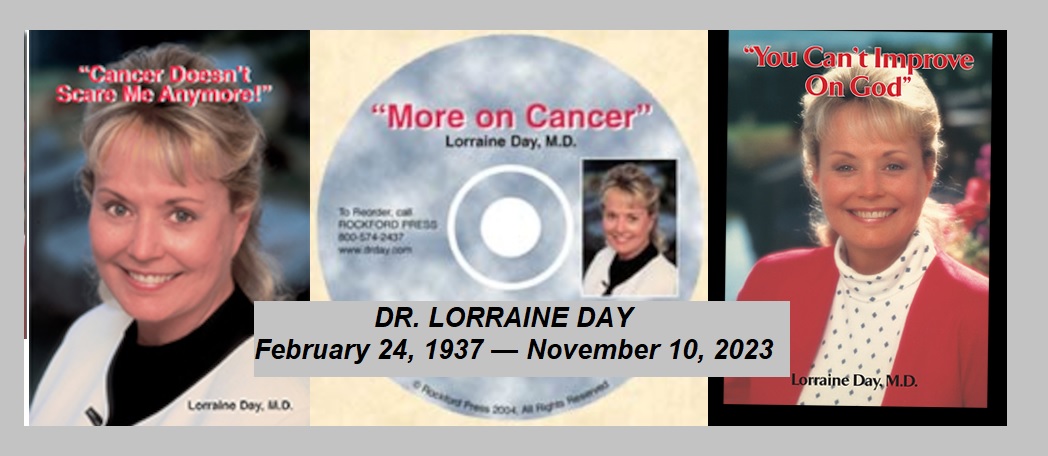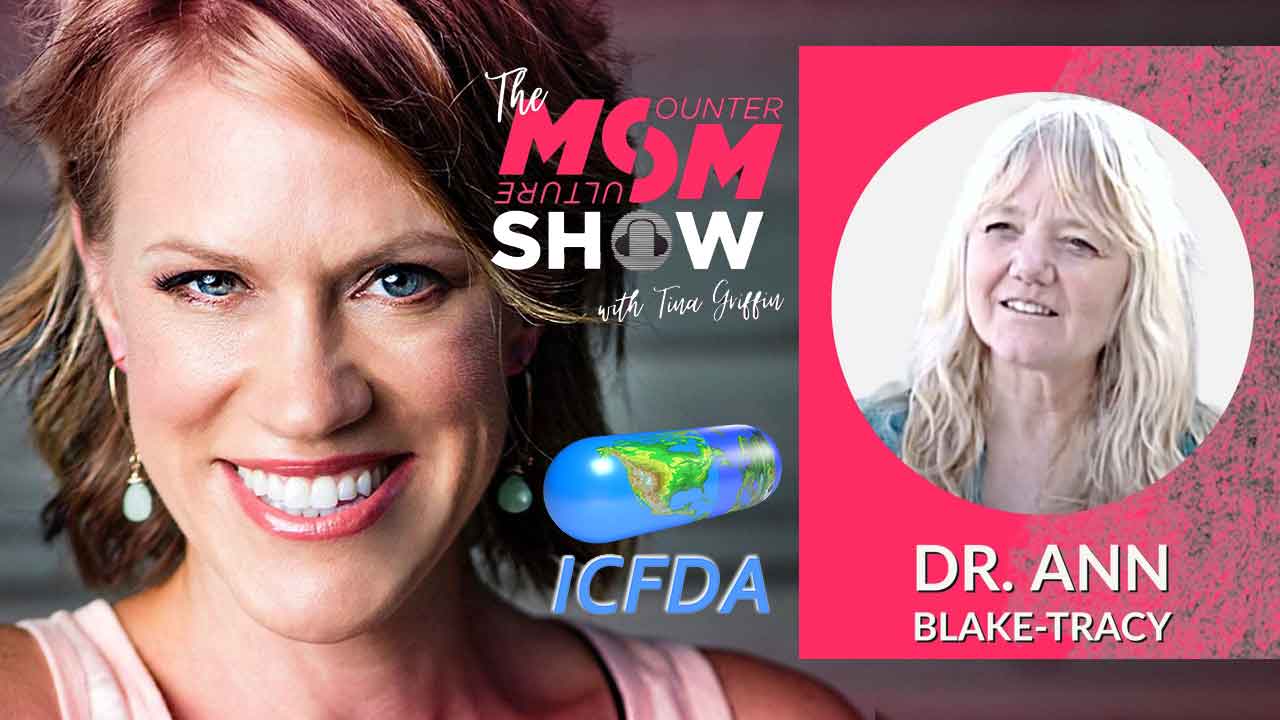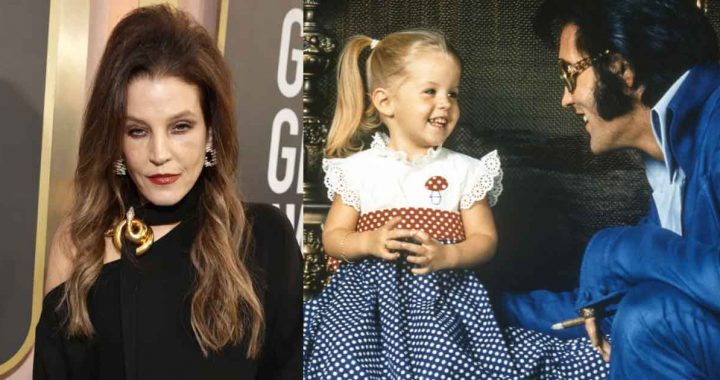“…it is our hope that other parents can learn from our tragedy, and other children can be saved.”
Here’s the story– (As seen, unfortunately, with hindsight, through sadder, wiser eyes.) We believe Caitlin had a seizure disorder that occurred at night, interfering with her REM sleep. This, we believe, led to symptoms that included audio and visual hallucinations, depression and talk of suicide, and eventually landed her in Shoal Creek Psychiatric Hospital. (Understandable symptoms, given the fact that she had not been sleeping very much over the past several months. If you can’t dream while sleeping at night, your brain will have to do it when you’re awake, and a child, not understanding this, may think they are going crazy and become depressed.)
We told her hospital psychiatrist, during her first stay at Shoal Creek, that we suspected a seizure/sleep disorder and asked for an EEG, and perhaps observation in a sleep disorder clinic. We also explained that Caitlin’s Uncle had childhood epilepsy, and that Caitlin had complained of momentary blackouts 3 years ago when she was 9, and that the EEG done at that time showed a slight arrhythmia, but not pronounced enough to risk the side effects of medication.
At first, he seemed to agree that this could be the underlying problem and ordered the short, 45-min. scan, also finding a slight arrhythmia, similar to the one she had 3 years before. But at our 2nd staffing, during her 2nd stay in the hospital, when we brought up our sleep disorder theory again, her psychiatrist literally laughed it off, saying that the diagnosis was clinical depression, and all things considered, the best treatment was the four drugs she was on, Zoloft, Trazedone, Depacote and Zyprexa, and his main concern was getting the right concentrations in her blood. (Please note, Caitlin had just turned 12-years old, and in France, Pfizer warns to NEVER give Zoloft to anyone under 15.)
The next morning, I caught him early at the hospital making his rounds, and demanded he give her the long EEG scan, as the short one can easily miss seizure activity. He told me that the long one was approved for outpatients only, not inpatients, and if we insisted, our insurance would probably not cover it. (In retrospect, it seems that her diagnosis and treatment was based more on what the HMO would pay for, than what the doctors really believed was best.) So we got an appointment, on our own, with a sleep disorder clinic. Jan. 15th. 10 days too late. (Caitlin committed suicide on Jan. 5.)
At this point, it is important to know that Caitlin was given anti-depressants before she was hospitalized. The first doctor we took her to see was our family physician, while we were waiting and waiting for an appointment to see a psychiatrist that was covered by our HMO. This was right after we became aware of her symptoms. (The school counselor called and hesitantly informed us – she thought she was violating confidentiality (wrong!) – that Caitlin was talking about hurting herself and hearing voices.) Our family doctor, a general practitioner, immediately put her on Paxil and Restoril. After 4 days, she still couldn’t sleep at night, but was falling asleep during the day, and her depression seemed to be getting worse, so he took her off them, cold turkey. (We now know that you should NEVER stop taking a SSRI cold turkey, as severe withdrawal symptoms can result.)
The next week we finally got in to see the psychiatrist and he gave her Zoloft and Trazedone. Later that same week, the school counselor called again, saying Caitlin was now talking about wanting to jump out of the school’s 2nd story windows. We immediately took her to the social worker/therapist she had been seeing, who referred her to a clinic where she could see a psychiatrist that same day, who admitted her into Shoal Creek for observation. While there, they added Depacote and Zyprexa to her chemical cocktail, to help with the hallucinations, stabilize her moods, and just in case she did have a seizure disorder. They also ruled out bipolar disorder, but said the Depacote could help with that too. So we were beginning to feel hopeful that the wonder drugs of modern pharmacology were going to make our daughter better.
But while visiting her in the hospital that Wed., she started acting psychotic, rocking back and forth, repeating the same thing over and over, and the next day, made a weak attempt at self-mutilation, scratching her arms with a broken comb. You have no idea how bizarre this behavior was to us, in contrast to the bright, kind, sensitive girl who wanted to be a veterinarian that we knew and loved. (At the time, we attributed her behavior to being exposed to the older kids on the ward who she identified with and some of whom acted in similar ways, but now we are convinced that it was the side effects and/or withdrawal symptoms of the SSRI’s.)
She was released after 8 days, and her first night home she ran away. She had planned it in the hospital, according to an entry in her journal we found later. She had a backpack stocked with supplies, and her plan was to just walk into the night and keep going. No particular reason, she just “had to get away”. (We now understand that SSRI’s double one of the “fight or flight” hormones in the blood. Until this, she had never tried, or even talked about running away in her life.)
Fortunately we found her and got through Thanksgiving OK, though her behavior continued to be strange. She was hyperactive, always needing to be doing something. She made a clumsy attempt to steal a beer at the corner store (SSRI’s have been shown to induce a craving for alcohol, even in people who have never drank before) and in general, had turned into an angry and defiant, yet still despondent and depressed adolescent, literally overnight.
She tried to convince us that she was just a “bad” kid, and we should accept it. We overheard her talking on the phone to one of the girls that was on her ward during her first stay in the hospital, saying completely fictitious things like she had gone with older boys and stolen cars. Again, you would have to have known our daughter before her “illness”, to appreciate the absurdity of these things. She went to school the Monday after Thanksgiving, but we got yet another call from the school counselor before the end of the day. Her hallucinations had changed. Instead of just seeing and hearing children playing that weren’t there, she saw pools of blood, bloody knives, and heard adult voices commanding her to kill herself. So back to the social worker/psychiatrist/hospital we went.
This time they put her on the children’s (12 and under) ward, instead of with the adolescents, like before. (The psychiatrist that referred her to Shoal Creek this second time thought, as we did, that she was manipulating us and the system to get back to the hospital because she enjoyed being around the older kids. He didn’t seem take her suicide threats or hallucinations seriously, but felt he had to put her back in the hospital, just to be safe.)
She protested about being on the children’s ward, but over the course of the week, she did seem to improve. They kept her on the same drugs, adjusting the dosages somewhat, and she willingly participated in both group and individual therapy sessions. It was obvious that she really wanted to get better. They also, finally, did a psych evaluation (which they should have done during her first stay) and found that she was a bright, sensitive 12-year old, totally in touch with reality. No psychosis or schizophrenia or other mental illness. When we picked her up on Dec. 4, we thought we had our daughter back. (Maybe she was near the manic end of one of her drug-induced mood swings, or maybe her will to live was winning out. We will probably never know.) The first thing she wanted to do was buy a Christmas tree, which of course, we did. For the next couple of weeks, she seemed to use Christmas to hold off the darkness that was threatening her mind. Though still hyper, her mood and attitude were definitely improved. She became re-acquainted with a boy she knew from church, and they started “going out”(being boyfriend/girlfriend, in today’s lingo.) She was so happy. We were so hopeful. A few days before Christmas, she went back to the psychiatrist for a follow-up. We believe here is where one of the last fatal mistakes was made. She seemed so much better. She claimed her hallucinations had stopped. She finished the last week of school before Christmas Vacation with no problems. On Dec. 8, I got her out of school earlier to see her favorite band at the Palmer Auditorium. She said it was the best day of her life. Her only complaint was that she had trouble staying awake during the day sometimes, though she seemed to be sleeping a little better at night. So the doctor took her off Trazedone, which has a sedative effect, and Zyprexa, since the hallucinations went away. He left her on Depacote and, unfortunately, Zoloft.
Unchecked by the sedative, we now believe that she had an adverse “overshoot” reaction to the Zoloft, first pushing her into akathisia (a severe inner agitation), then plummeting her into profound depression and two weeks later, inducing suicide.
She made it through to Christmas, but the day after, we caught her trying to run away again. It was the beginning of the end. She became withdrawn and depressed again, and she broke up with her boyfriend on, of all nights, New Year’s Eve 2000. She was dreading going back to school, but went anyway, at our insistence, on Tues. Jan. 4. (We found out later, that she had told a friend the night before about a vivid hallucination in which she killed herself.)
Some of the kids had found out she had been in Shoal Creek, and teased her mercilessly that first day back. At our request, the school had set up a 504 plan for her, stating that, if she felt “unsafe”, (why didn’t they spell it out that she was suicidal?) she could go to the principal’s office and do her work there, which she invoked, spending most of that day in the office. On Wed. Jan. 5, we strongly encouraged her to attend class, giving her some snappy come-backs to say to the kids that teased her, and admonishing her to face her problems and work through them, instead of hiding out in the office. God forgive us. In her 2nd period class, she was given a Detention Hall for not turning in some homework assignment. Her friends said they had never seen her look so dejected. She shuffled out of the classroom, shoulders slumped, head down, and never made it to 3rd period.
Instead, she went to the girl’s bathroom and hung herself with her shoelaces from the hook on back of the stall door. It wasn’t until the end of the next period after that – what would have been her lunch period – that she was found. If the teachers really understood the intent of the 504 plan, if they really understood that she was at risk of suicide, how could they have disciplined her, a girl who was never in trouble at school, and how could they have not noticed, or been concerned, that she didn’t show up to 3rd period, and that she also missed her lunch period?
But now I’m getting into another issue – one of the many raised by Caitlin’s death. Problems with the school system and the healthcare delivery system certainly need to be addressed, and yes, there needs to be more education about, and a general de-stigmatization of suicide and mental illness, but we lay the majority of blame for Caitlin’s death at the golden feet of the pharmaceutical companies (like Pfizer and Lilly) who have known for years that their SSRI drugs can have extremely adverse, and sometimes fatal side effects, like suicide, yet have systematically plotted to keep this knowledge from not only the public, but the doctors who prescribe them, in an effort to protect the billions of dollars in revenue they generate. It is our contention that if her doctors had properly diagnosed and treated Caitlin’s sleep disorder, instead of categorizing her as “depressed” and giving her SSRI’s, she would be with us today. And it is our hope that other parents can learn from our tragedy, and other children can be saved.
Glenn and Mary McIntosh, Parents of Caitlin E. McIntosh, born Oct. 5, 1987, died Jan. 5, 2000.We can be contacted by phone at (512) 257-0450 or email: mgmcintosh@earthlink.net
7/30/2001
This is Survivor Story number 13.
Total number of stories in current database is 34



